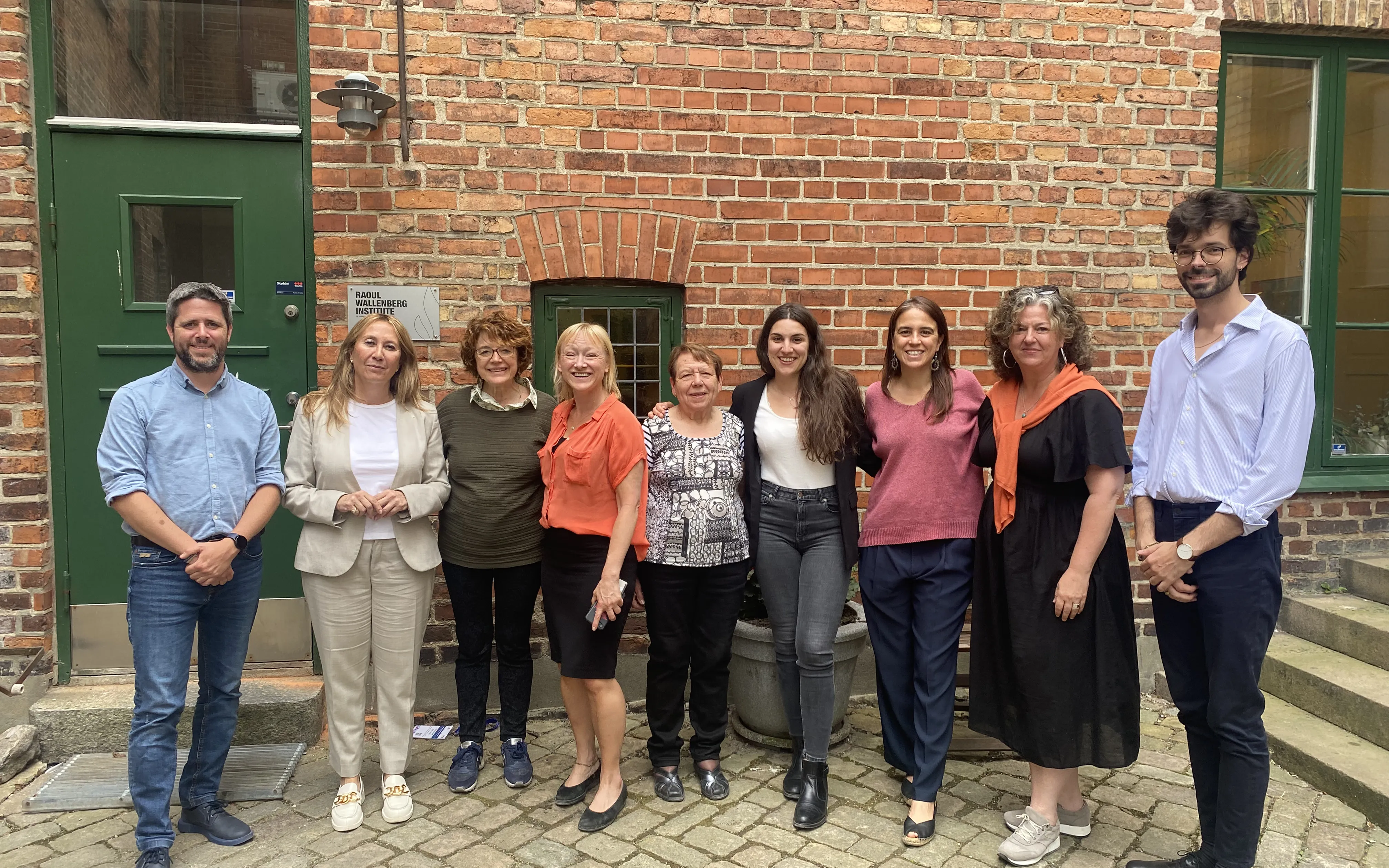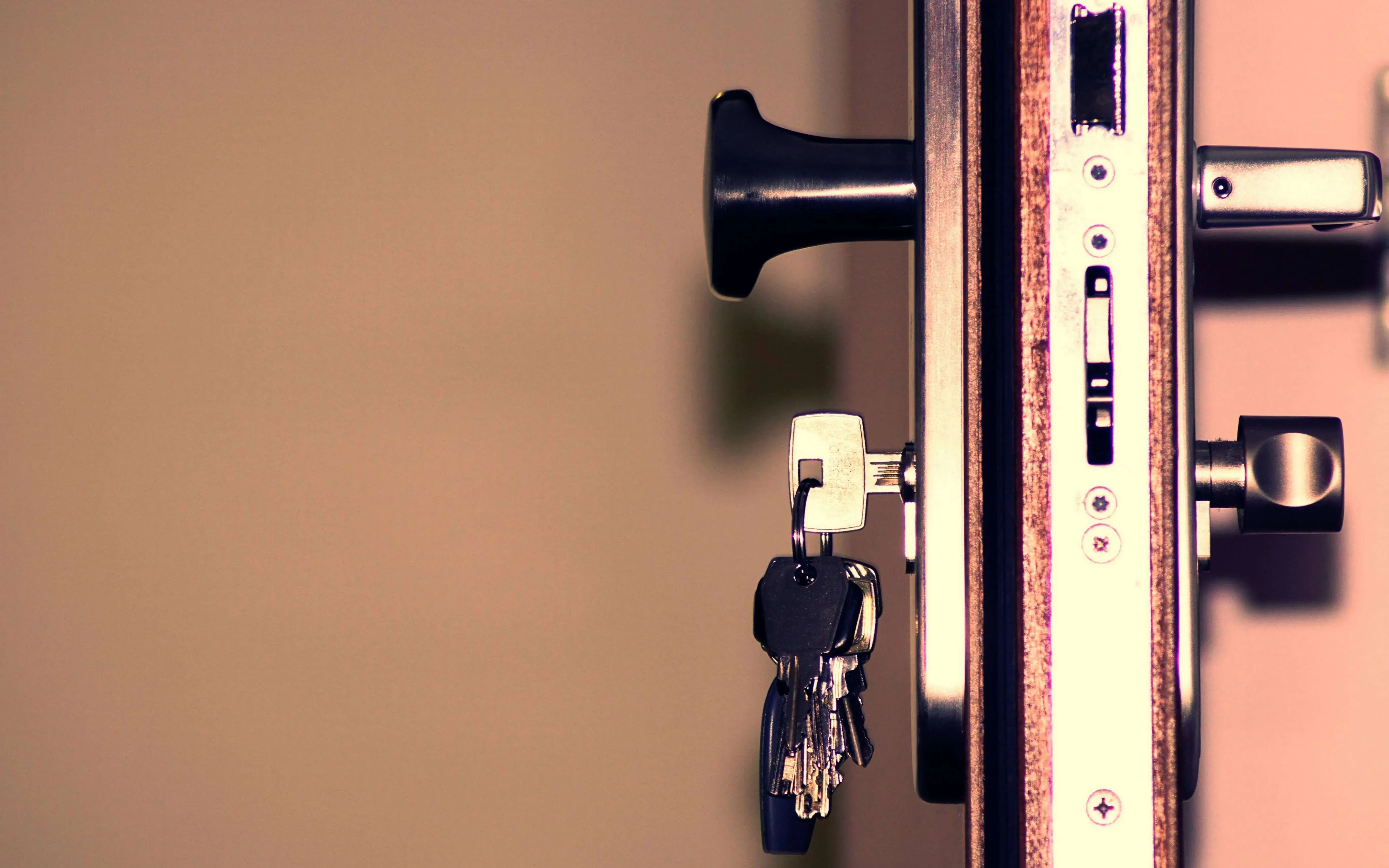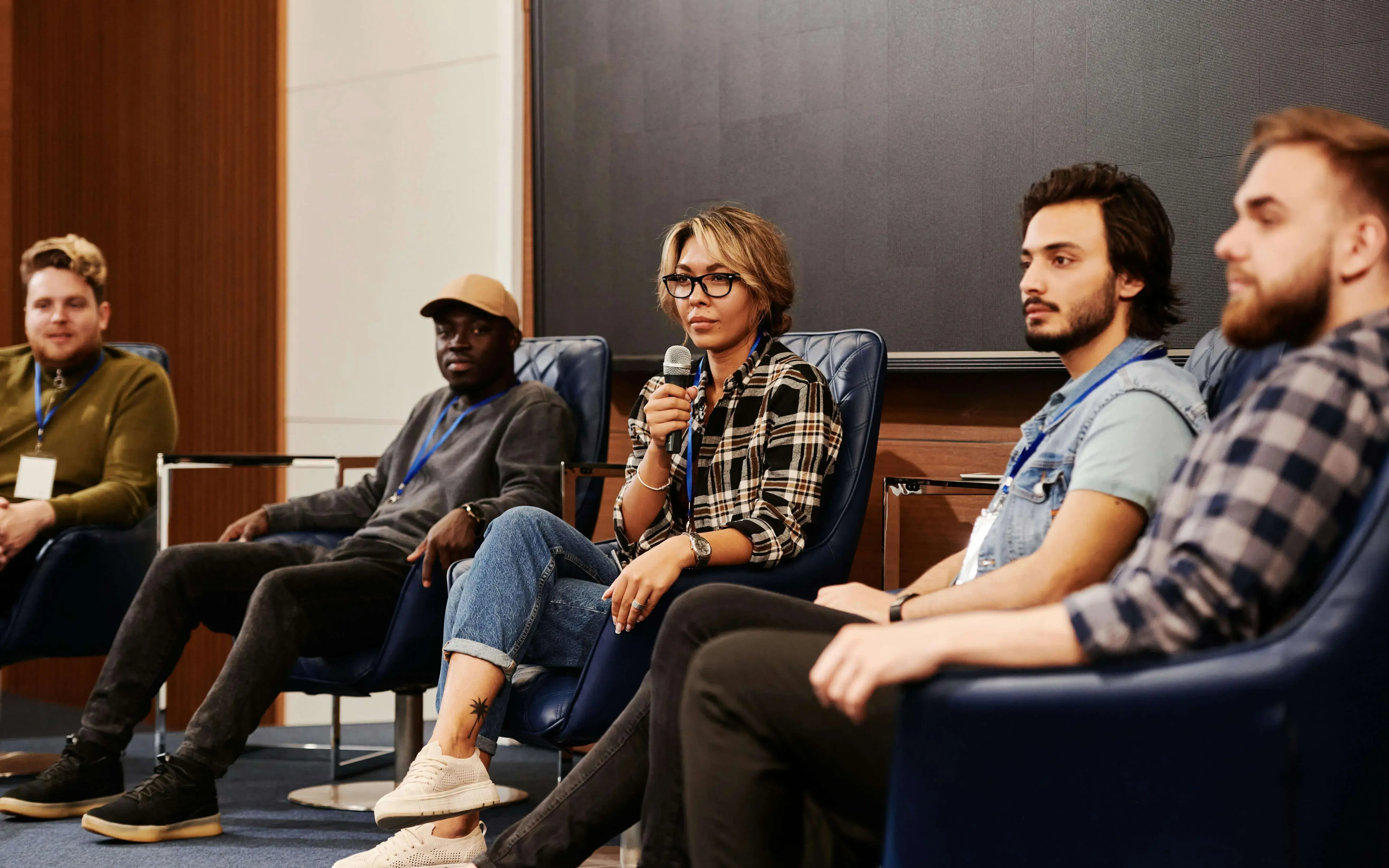Nordic Mission of the Platform: We build bridges with the third social sector in Sweden and Denmark
From Stockholm to Copenhagen via Malmö and Lund, a representation of the Platform of the Third Social Sector of Catalonia has met the work of federations and entities of the Scandinavian third sector and has presented the work carried out by the entities in Catalonia.
What were the objectives of the mission?
On the one hand, getting to know in depth the Nordic welfare model, how it has recently evolved and what role the third social sector in Sweden and Denmark plays in its operation, in the overall public policies and in the improvement of democracy. Secondly, to project the third Catalan social sector and the various public-social collaboration projects in which it is involved.
The delegation included representatives and experts in areas of the strategic agenda such as the improvement of the third social sector, the fight against poverty, children's rights, the care model centered on the person, people with disabilities, volunteering and digital innovation.
What organizations have met?
On the one hand, networks of the third social sector and social public collaboration, such as the Forum of Organizations for Social Improvement in Sweden, the Swedish Forum for Social Innovation or the Raoul Wallenberg Institute for Human Rights. On the other hand, third sector entities that provide services to people, such as the Stockholm City Mission (social action), DANNER (women victims of violence), BROEN (leisure education), LOBPA (disabled) or Hans Knudssen Institutet (social and labor insertion).
What topics and areas of innovation have been covered?
The mission noted the implementation of the third social sector in Sweden and Denmark, which has played and continues to play a crucial role in developing social policies and the welfare model. The mission has made it possible to address the recognition and legal framework of the third sector, the financing model of the third sector, its institutional articulation and how it works in a network, its role in social dialogue, its collaboration with other agents of the quadruple helix and its function of strengthening democracy and citizen engagement.
We have also known specific innovative experiences in areas such as: the promotion of the independent life model for people with disabilities; strategies for the deinstitutionalization of care and social and health care; socio-labor insertion experiences; contributions of the entities to the feminist movement; networks connecting volunteering and leisure education; promotion of meeting spaces in the key of inclusion; and methodologies to introduce the EBDH in public budgets.







Add new comment